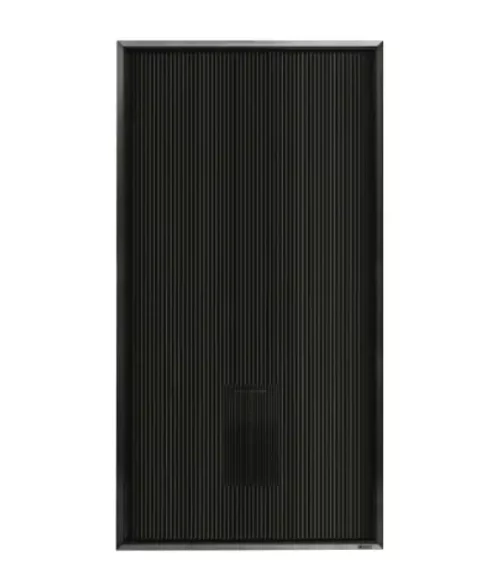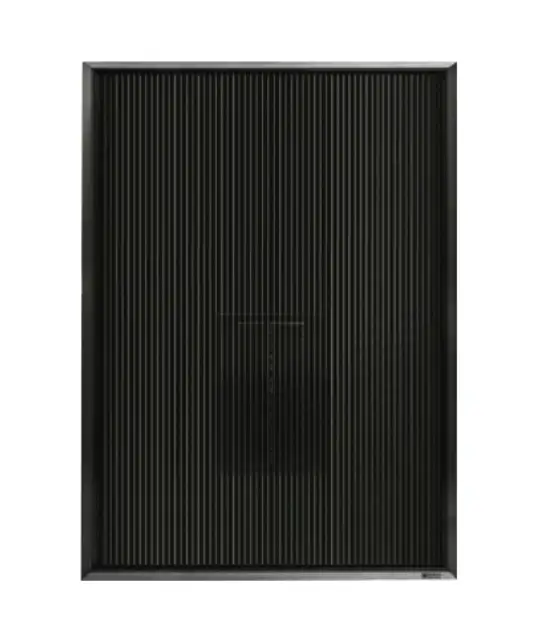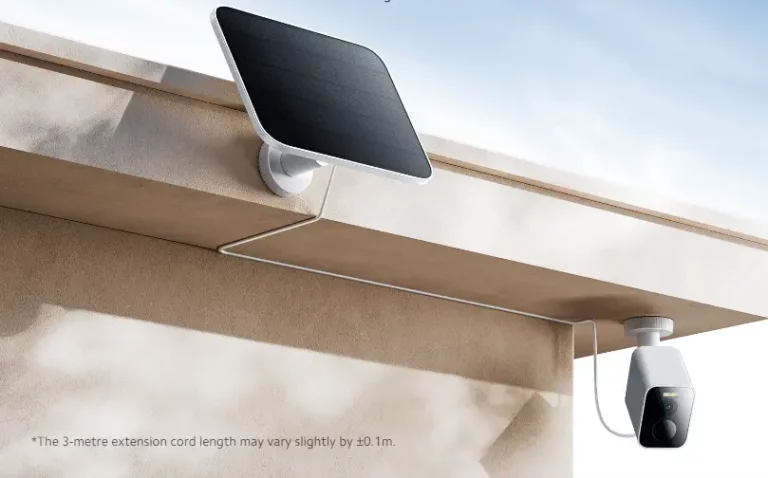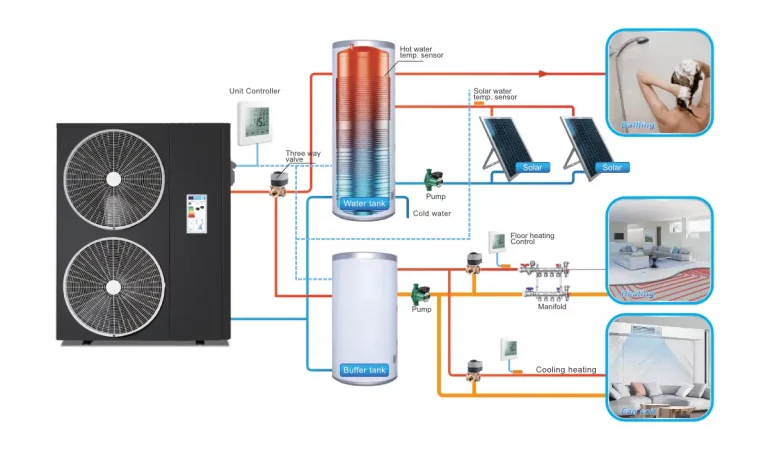Mold in the plant nursery
Mold in the plant nursery: where does it come from and how to get rid of it?
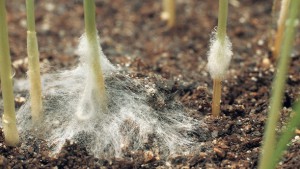
A microscopic fungus – mold – is beneficial for nature, but detrimental to crop production. If mold appears in a plant nursery, its owner will face losses, the death of seedlings, and attempts to save adult representatives of the flora, a serious investment of time and effort. Because fungal diseases are the most dangerous for any plant crops.
Mold develops from microscopic spores found in soil, water, and air. For domestic plants, the soil is pre-steamed to eliminate mold zygotes, but when arranging a nursery, ordinary untreated soil is used, which already contains fungal spores. In a small amount, they do not pose any threat, on the contrary: actively participating in metabolic processes, mold contributes to the enrichment of the soil. But if the soil turns sour and is completely covered with colonies of fungi, the plants begin to hurt.
The gardener thinks about where the mold comes from in the nursery with seedlings if the fungus has already grown. Usually, this is due to a violation of the irrigation regime, and problems with ventilation. Warm stagnant air, oversaturated soil, and condensation on the walls of the nursery create favorable conditions for the growth of pathogenic fungi. Soon a solid white, gray, yellowish coating appears on the soil – a mold colony.
Mold damage in a plant nursery
There are many fungal plant diseases. The most common molds in the plant nursery are schütte, powdery mildew, and gray mold. Different types of fungi affect different parts of flowers and trees, spots appear on the leaves, and the root system suffers. If an adult can still be cured, then mold on plant seedlings leads to their death.
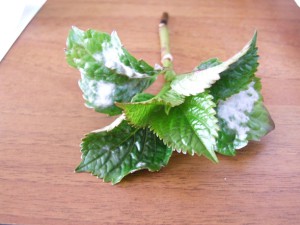
- The damage from fungal diseases is significant.
- The death of seedlings.
- Financial and time costs for the treatment of plants.
- Spending on recreational activities.
Where the mold came from in the nursery with seedlings becomes not important, it is much more important to prevent its spread and death of plants.
How to remove mold in a plant nursery?
Conventional methods of mold control – mechanical and chemical cleaning – are not applicable in a nursery. Disinfectant solutions will kill not only the fungus but also plants, and poison the soil. It is also impossible to completely replace the soil, although some gardeners still try to update the top layer on which mold has grown.
To remove mold in a plant nursery, charcoal, and other additives are added to the soil, but this should be done in moderation, otherwise, the acid-base balance will be disturbed, and the plants will stop developing. Aeration does not always help either. The only guaranteed solution is to remove excess moisture from the air and prevent the earth from becoming oversaturated with water.
This is done by installing air dryers, which normalize their humidity, and reduce the risk of condensation on the walls of the room. Electric dehumidifiers compete with solar-powered devices.
An inexpensive way to fight mold
Solar-powered devices create effective ventilation to help control mold in the plant nursery and prevent it from reappearing. The equipment heats the incoming outdoor air by 10-40ºS (depending on the season) and forcibly feeds it into the room. Stagnant air masses are forced out, they are replaced by fresh ones with normal humidity. Constant air circulation and elimination of excess moisture allow you to quickly remove mold in the plant nursery. And since solar-powered equipment does not require a connection to the power grid and does not depend on the supply of electricity, mold prevention is cost-effective.
It is difficult to remove mold in a plant nursery, it is much easier to take measures to prevent its occurrence. Installing solar collectors is one of the options for creating a healthy microclimate for the rapid growth and development of seedlings.

